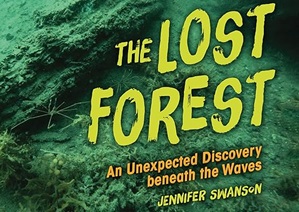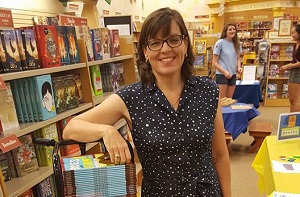You can’t write nonfiction without doing research, and fascinating facts can enhance fiction too. But it can be overwhelming, especially if you’re new to the process. Where do you start, and how do you know where to find resources? Here are six tips to get you started on your research journey:
1. Research the market.
For all its creativity, publishing is a business. You can have the most accurate historical setting or the most detailed nonfiction topic, but if a publisher can’t envision your book on bookstore shelves, they won’t acquire your manuscript. Research comparative titles (books similar to what you’re working on) that have been published in the last three to five years. What are you doing similarly that will capture the same audience, and what are you doing differently that will make people want to buy your book too?
2. Use mentor magic.
Compare and contrast features of your favorite mentor texts in a notebook or using software such as OneNote. Try to select books published within the last five years because components of back matter and word count have experienced change to some extent. Next, jot down each title and list features, such as a bibliography or author’s note. After your list is compiled, ask yourself what those texts had in common, how they differed, and why certain information was included.
3. Write the manuscript – or don’t.
When it comes to nonfiction, stand-alone picture books are sold on a completed manuscript. But middle-grade and YA projects are usually sold using a book proposal. That means you only write a few sample chapters instead of writing the entire manuscript. A book proposal also includes an overview of the book, an outline of each chapter, and a biography explaining why you’re the right person to write about this topic.
4. Add authenticity and richness.
As part of your research, you’ll likely come across the names of people involved in the field you’re immersing yourself in. Reach out to them and see if they’d be willing to chat with you and share their expertise. Even though you’ve carefully researched your topic, you might be surprised by some of the facts that experts share or mistakes they spot in your story. When experts share their thoughts and experiences and you layer that information into your manuscript, your story will shine!
5. Strengthen your writing with primary sources.
Primary sources are resources that originate from a specific person and/or time period you’re researching, and they can be crucial to your writing. Finding a diary written by the subject of your story or a photograph that helps you learn more about a setting is sometimes the closest we can get to walking in someone else’s shoes. This allows your manuscript to feel authentic and immersive. Where can you find primary sources? Archives, libraries, and museums all offer primary sources. More and more frequently, collections are being digitized and shared online.
6. Include back matter.
Back matter is an opportunity to include information you could not have in the main text and is a way of enriching your writing. It increases the reach of your book and broadens its appeal through quick facts and tables, maps, and expert interviews, for example. Creating interactive material for children is another way to expand your book’s appeal and serves as a launching pad for unit lessons by teachers and caregivers.
We hope you’ll take part in our course to learn more about the rewarding world of research. We can’t wait to share our knowledge with you so you can embark on your next project with faith in your facts!









